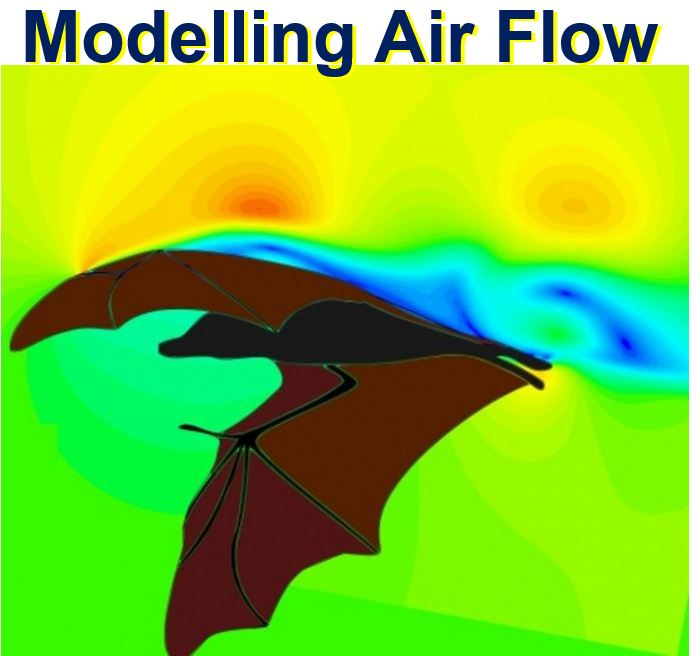Micro air vehicles could soon be flying using prototype bat wings developed by a team of scientists, which will give them both the long range they require, plus excellent manoeuvrability. The tiny unmanned flying drones could be used in a variety of civilian applications, such as surveying dangerous areas or hard-to-get-into places.
One of the drawbacks with MAVs (micro air vehicles) today is that designers have to choose between rotary wings, which enable high manoeuvrability, and fixed wings, which give the device a longer range.
Now a team of scientists from the University of Southampton and Imperial College London have created bat-inspired wings made from a polymer membrane and artificial muscles, which give designers great flexibility in their configuration.
 The scientists got their inspiration for the new flexible MAV wings by observing how bats’ wings respond to different air conditions. (Image: Imperial College London)
The scientists got their inspiration for the new flexible MAV wings by observing how bats’ wings respond to different air conditions. (Image: Imperial College London)
Agility plus long range
According to the researchers, what they have created gives MAVs both a long range and high manoeuvrability. Having a 2-in-1 flying device would make their production more economical.
The prototype wings can alter their shape in response to different forces they experience in the air, such as turbulence or wind, just like bats’ wings do.
The polymers in the wings are activated when an electric current runs through them. The wings can relax or stiffen in response, which helps them to change their shape according to the environment they are flying through.
The scientists say this technology uses no mechanical parts, thus making the wings much easier for engineers to maintain.
 The scientists modelled air flowing over a bat-inspired wings. (Image: Imperial College London)
The scientists modelled air flowing over a bat-inspired wings. (Image: Imperial College London)
The bat wings are the result of teamwork by Imperial and Southampton researchers – the former pursued computational modelling research, while the latter did the hands-on experimental work.
Drawing inspiration from nature
A growing number of MAV makers and developers have been drawing inspiration from the natural world for their designs. By imitating what occurs in nature, scientists believe they can significantly improve flight performance, achieve better controllability, and increased efficiencies.
Dr. Rafael Palacios, Reader in Aeronautics and Director of Undergraduate Studies at Imperial College London, said regarding getting inspiration from nature:
“Nature is a great source of inspiration for us when it comes to making improvements to MAVs. A bat’s ability to expand and compress its wing structure in order to deal with the changing nature of the environment is a particularly useful feature to mimic.”
“The prototype wing we’ve developed could enable a MAV to constantly adapt to their environment in real-time. This ability to reconfigure would also allow multiple missions to be carried out using the same MAV, instead of us having to develop a totally new craft every time it needs to do a new type of task.”
The team now plans to incorporate the prototype bat-like wings into typical MAV designs. They expect their technology will be used in real-world scenarios within the next five years.
The study was funded by the US Air Force Office for Scientific Research and the Engineering and Physical Sciences Research Council.
Video – Micro Air Vehicle (MAV)
This video explains how the military are currently using MAVs, which can give a soldier an ‘eye in the sky’.
